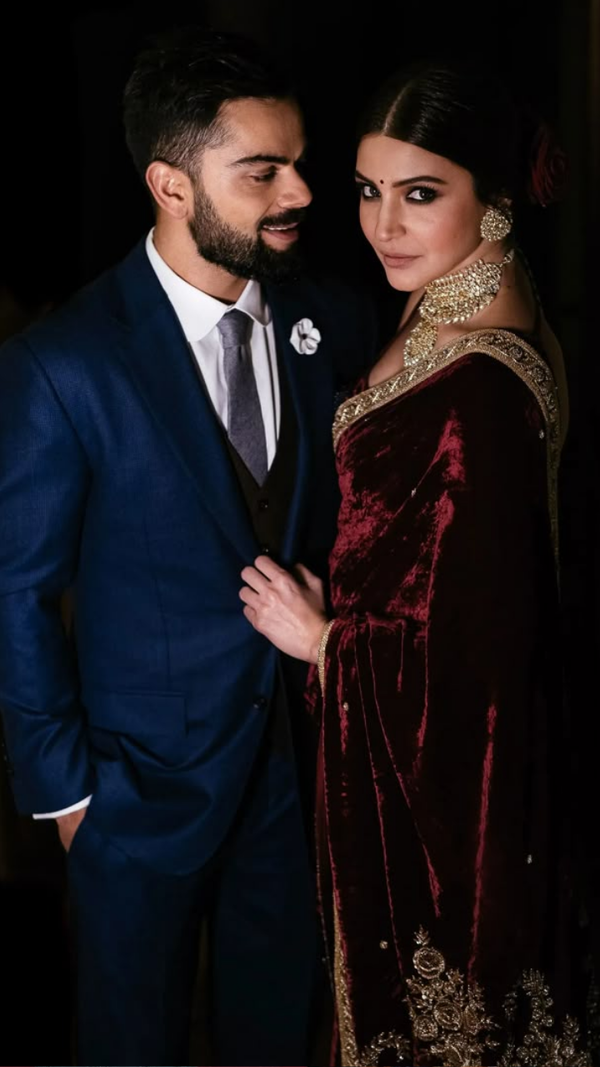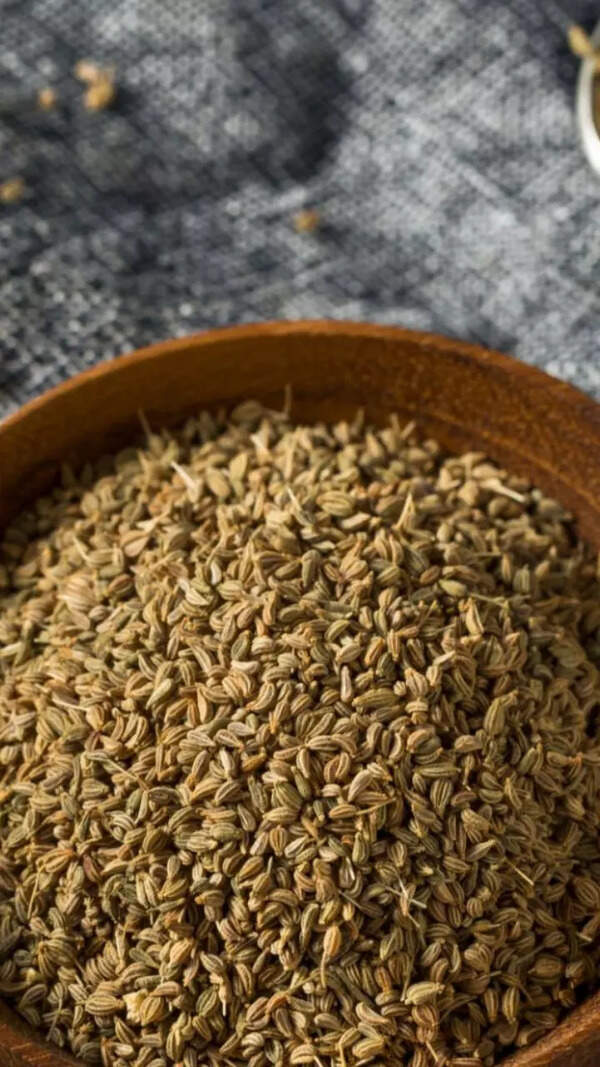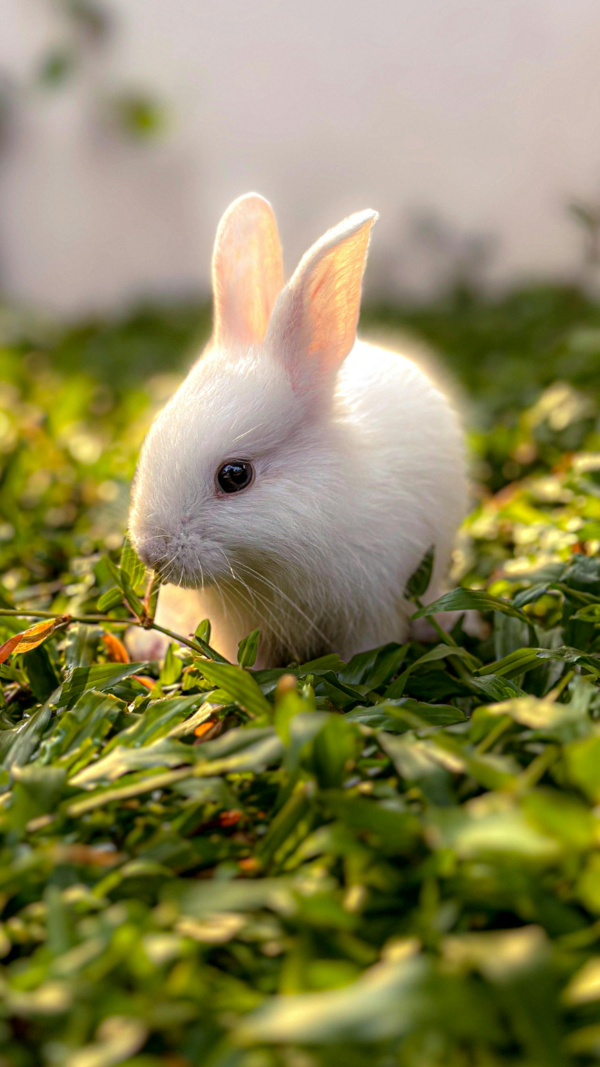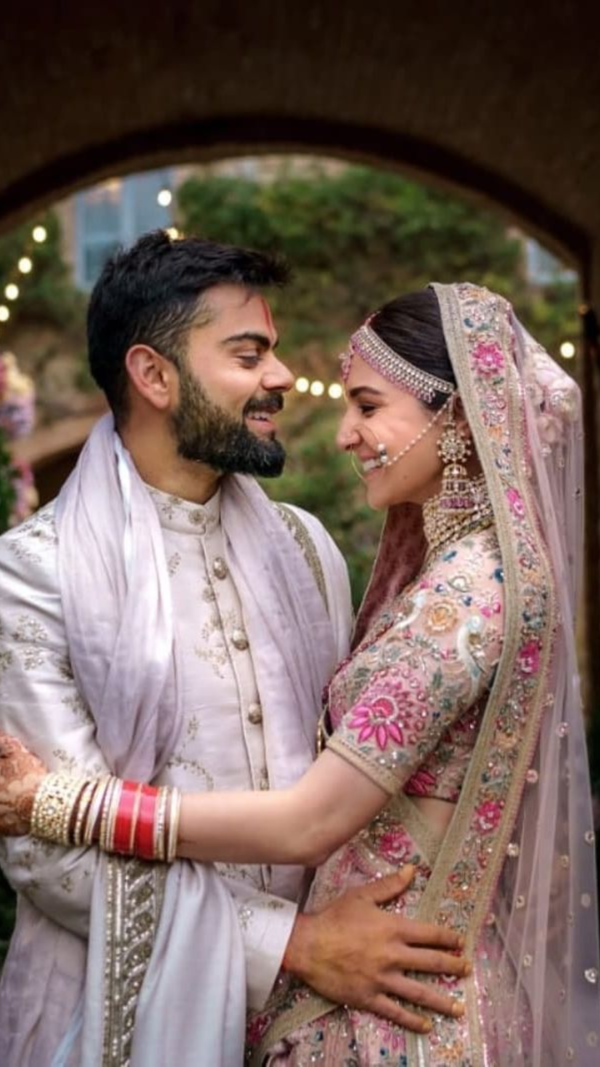- News
- lifestyle
- soul-search
- 4 types of people who are not allowed to be cremated as per Hindu shastras and beliefs
4 types of people who are not allowed to be cremated as per Hindu shastras and beliefs

Funerals in Hinduism
Across cultures, religions, and beliefs, death and funerals have their own meaning and connotations. The Christians and Muslims bury the dead, the Parsis engage in Sky funerals, and in Hinduism, people are cremated.
For Hindus, death is not the end of life, but just the end of a body, and the soul moves on to either another body or to heaven. And so the most common way in which Hindus do the last rites of a body is through cremation, where the body is burnt on a pyre.

Why is cremation considered apt?
It is believed that cremation is a way to free the soul from the shackles of the body, and only when the body is completely burnt down, the soul will lose its attachment to something it was inside for decades.
It is also said that as the human body is made up of five elements - Earth, water, fire, air, and space, the cremation returns these elements to nature.

The concept of Moksha
In Hinduism, moksha is the highest goal for any person. Moksha is the freedom from the cycle of rebirth, from being reincarnated as an insect, or animal, or human, and Moksha is the final step to meeting the Gods and reaching the feet of Lord Vishnu. And funeral rituals are done to support the departed soul’s peaceful journey, and cremation is one of the most important parts of it, to help the soul move forward.
But even in this system, there are some people who are not cremated but are buried or treated differently after death. Here we mention 4 of them.

4
In Hindu tradition, enlightened saints, yogis, and spiritual masters are not cremated, i.e., their bodies are not burnt or cast onto the pure. Why?
Because it is believed that they have already achieved moksha, are on a higher spiritual level even when they have passed, and their bodies (and the soul) are filled with divine energies owing to the decades of meditation, tap, and spiritual work.
And so their bodies are either given ‘Samadhi’, which means they are buried in a meditative posture, or they are immersed into the holy rivers, mostly Ganga.

Pregnant women
Another group that is not traditionally cremated is pregnant women who die before childbirth. Why is this done? Well some say that the reason an expecting mother is not cremated is because she was about to bring new life into the world, a pure soul who had done or seen nothing, and thus she too became pure as she carried the little baby. And so her soul does not need to be forcibly let out of her body, and thus she is not cremated.
Some also say that a child who has not lived a full life should not be exposed to the fire, and so a little baby who hasn’t even taken birth, is not cremated with the mother.

Young children
According to Hindu Shastras, young children who die before a certain age, usually 12-14 years, are also not cremated. Why? Because it is believed their souls were pure and uncorrupted. And since they haven’t committed any sins, their souls do not need the ‘purifying’ fire of cremation. It is said that after a young child’s death, their soul returns to the higher realms automatically.

People who die from snake bites
While this might sound bizarre and unusual, in some regions, this practice goes on to date. It is said that people who die due to snake bites are also not cremated, and instead they are immersed in the Ganga, hoping someone who can treat them will fetch them out of the river.
In olden times when antivenoms for snake bite were not available and only certain ‘Babas’ or gurus knew the right herb to fight the snake’s venom, people used to immerse the body of the person into the lakes and rivers, hoping a learned one would see it and treat the person if possible.








